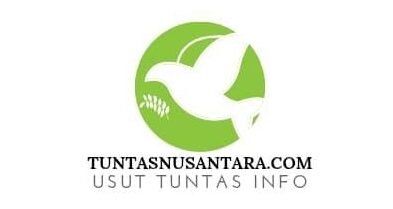Understanding the Need for Authentic Information
In today’s information-driven society, the significance of authentic information cannot be overstated. Whether in journalism, education, or business, the accuracy of the communicated content plays a pivotal role in developing and maintaining trust with the audience. Authentic information serves as a foundation upon which credibility is built. For instance, reputable news organizations that prioritize factual reporting often foster loyal followings, as audiences are more likely to rely on their insights during critical events. Conversely, when misinformation is propagated, the consequences can be catastrophic, leading to confusion and a loss of faith in the sources of information.
The educational sector also bears a substantial ethical responsibility regarding the dissemination of authentic information. Educators and institutions have a duty to equip students with reliable knowledge that fosters informed decision-making. Instances where curriculum materials fail to present accurate data can misguide students, impacting their understanding of essential topics. This highlights the necessity for educators to uphold the highest standards in their communications.
In the business context, the importance of authentic communication is equally evident. Companies that practice transparency in their operations and decision-making processes tend to build stronger relationships with customers. For example, brands that openly address product failures or controversies often regain consumer trust by demonstrating accountability. On the other hand, businesses that obscure information can suffer severe reputational damage, leading to loss of customers and reduced market value.
Moreover, the ethical responsibility of all communicators cannot be overlooked. By prioritizing authenticity in their messaging, they contribute to a culture of honesty and transparency. Such a commitment not only protects their reputation but also enhances societal discourse, allowing individuals to make better-informed choices. As the prevalence of misinformation continues to rise, the demand for authentic communication becomes increasingly critical in safeguarding both individual and collective well-being.
Strategies for Ensuring Transparency in Communication
The promotion of transparent communication is essential in today’s interconnected world. Implementing practical strategies can significantly enhance the integrity of information dissemination. One of the most vital practices is fact-checking. Before sharing any information, it is important to validate the accuracy of the content by cross-referencing with reliable sources. This ensures that the information shared is not only truthful but also credible, thereby fostering trust among the audience.
Citing sources is another crucial strategy for promoting transparency. Providing clear references to the original data or studies not only bolsters the reliability of the communication but also allows the audience to verify the information independently. Proper citation practices contribute to a culture of accountability, where contributors are encouraged to credit the original creators of information, thus enhancing the overall quality of communication.
Engaging with the audience plays a vital role in fostering transparency. Organizations should actively encourage questions and discussions, allowing individuals to voice their doubts or seek clarification. This two-way communication enhances understanding and encourages participation. By creating forums for dialogue, organizations can address concerns in real-time and dispel any misinformation that may arise.
The role of technology, particularly social media, cannot be overlooked in ensuring information integrity. These platforms allow for swift dissemination of information, but they also pose challenges with the rapid spread of misinformation. Organizations should leverage technology by employing tools that help monitor and evaluate the accuracy of shared content. Furthermore, incorporating features that allow users to report dubious information can empower the community to contribute to a more transparent environment.
Lastly, cultivating a culture of open communication within organizations is key. Leaders should model transparent behavior and encourage team members to share insights freely. By recognizing and rewarding transparent practices, organizations can create an environment where open dialogue is valued, thereby contributing to overall organizational effectiveness.












